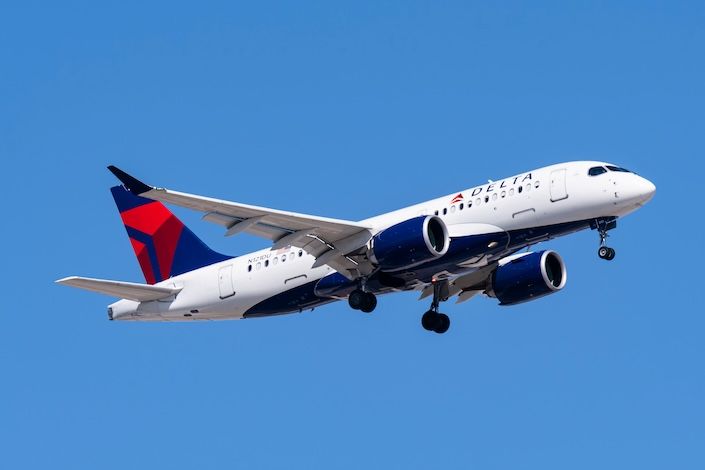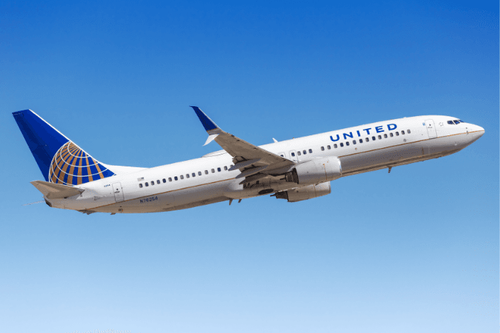Where travel agents earn, learn and save!
News / Delta Air Lines ups seasonal capacity between Atlanta & Anchorage before extending flights year-round
Seasonal service reflects travel demand trends

In previous years, Delta Air Lines operated its longest Boeing 757-200 route between its principal North American hub at Atlanta-Hartsfield Jackson International Airport (ATL) and Ted Stevens International Airport (ANC) in Anchorage. An extremely unique route that is known for catering to vacationers during the summer travel season, it is unsurprising that Delta has historically chosen to operate this route as a seasonal service. With limited year-round demand in previous years, the carrier has consistently chosen not to serve the route during the cold autumn and winter months.
However, all of that changed when Delta Air Lines announced that it would be making a few major adjustments to its Alaska service from Atlanta. For starters, the route will no longer be operated during the peak summer months by the Boeing 757-200, but rather by a widebody Boeing 767-300ER, a jet that provides significantly more passenger capacity. In addition, the carrier has decided to extend its service on this route throughout the entire year, offering nonstop flights to Anchorage even during the winter months.
While the high-capacity Boeing 767-300ER will be operating this service during the summer months, the Boeing 757-200, a long-range narrowbody aircraft, will be coming back to the route in the fall. There are quite a few reasons for Delta's decision to begin operating this nonstop service, some of which go against the carrier's traditional logic. In this article, we will take a deeper look at Delta's fascinating modifications to its Anchorage route.
A deeper look at the unique modifications to this route
As of now, Delta's nonstop flights from Anchorage to Atlanta are on a seasonal hiatus, but they are set to resume on May 22, when the carrier's first nonstop Boeing 767-300ER flight will operate on the route. Starting in May, the carrier will fly between these two destinations nonstop every day, with flights scheduled to continue operating at this frequency throughout the summer.
In July, for example, the airline will operate 30 flights on this route, offering passengers 12,960 seats to choose from. This is an increase from the 11,580 the airline had previously offered exclusively with Boeing 757-200 services, according to data provided to Simple Flying by aviation analytics website Cirium. Delta Air Lines will generate a proportional increase in available seat miles (ASMs), the primary metric used to track revenue creation.
Delta Air Lines will operate this service using the Boeing 767-300ER throughout the summer, but it is also set to reduce service starting in September. While widebody flights will continue throughout the first week of September, the carrier will switch back to the narrowbody Boeing 757-200 on September 13. After this date, the airline will begin operating this flight on a once-weekly basis, while increasing flight frequencies during peak periods like the holidays.
A deeper look at what makes this route fascinating
There are a few things about this service which make it fascinating to discuss. For starters, the carrier is clearly of the opinion that travel demand to Alaska during the summer from the American Southeast will continue to increase. This demonstrates that the airline is choosing to bet big on the domestic US travel market.
Additionally, the airline choosing to place a Boeing 767-300ER on this route means that the aircraft will not be available for other flights. Specifically, the jet would otherwise be able to serve on a high-yielding transatlantic route. However, this move comes after extensive analyst speculation that European-US air travel could likely decline this summer in the wake of continually falling dollar valuations.











